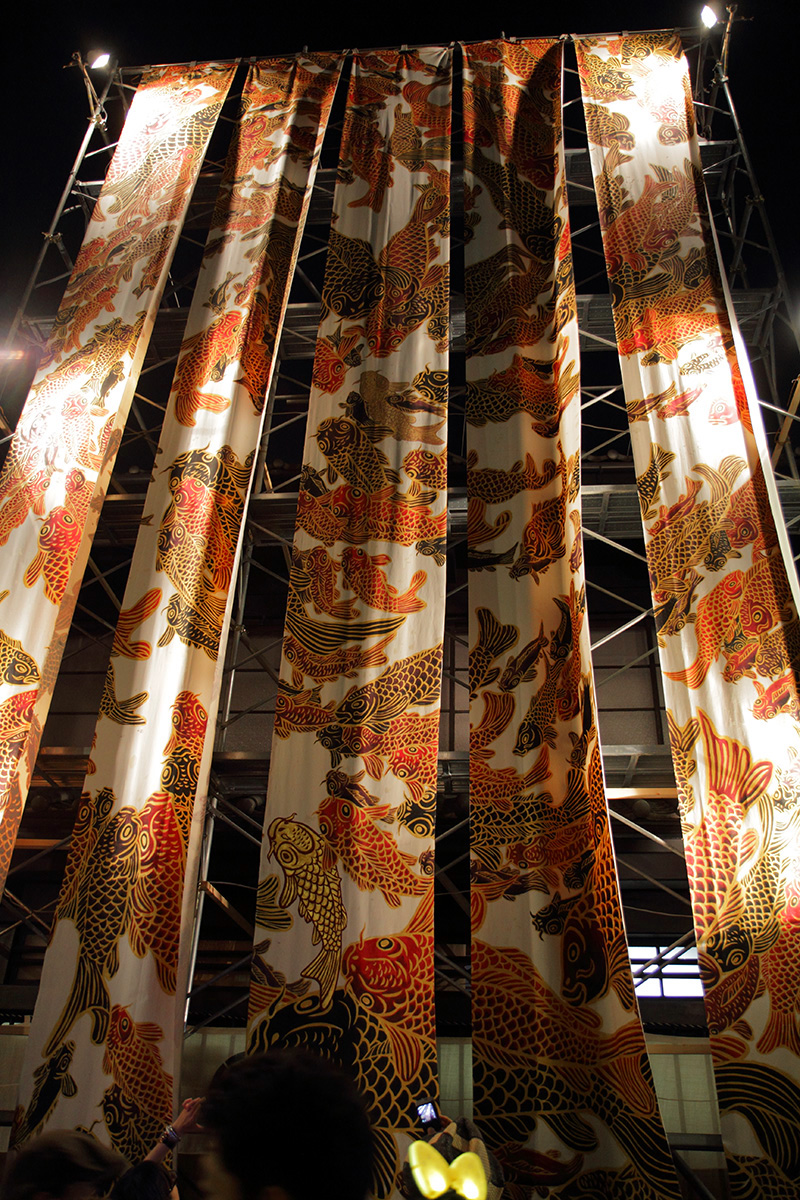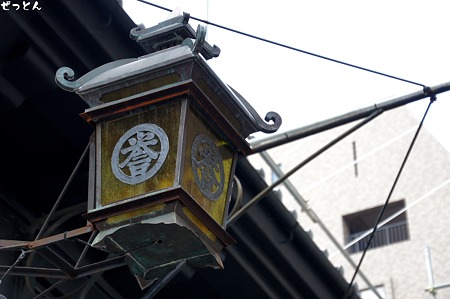才可以一窺日本織物設計的面貌
帶の精神/精神の飾
禪問答について
蝶蝶の文樣---不死深
漆縞
底下的資訊只是其中的一兩項
山口源兵衛
血の記憶を再現する傾奇者今年3月、若い世代の支持を集めるセレクトショップのユナイテッドアローズと組み、「傾奇者達之系譜(かぶくものたちのけいふ)」と名づけた男物の着物ショーを仕掛けた。
写真 加藤昌人
レッド・ツェッペリンや和太鼓に乗って闊歩する、ロッカーの内田裕也に舞踊家の田中泯。個性豊かなモデルたちが纏(まと)ったのは、紅や紫といった鮮やかな色と、存在感のある金や銀の光沢、奇抜で大胆な柄や文様だった。
「江戸時代の奢侈禁止令以前、桃山時代には傾奇者、室町時代には婆娑羅(ばさら)という風潮があった。戦渦に生き、死を求めさ迷う宿命にある男たちは、時代を挑発するように競って着飾った」。大地のエネルギーを吸い上げ、血のにおいを漂わせる奔放な生を再現したのだ。
京都に270年続く老舗の帯問屋「誉田屋源兵衛」に生まれた。西陣に帯がなくなるまで現金で買い付け高値で売る。十代目を襲名すると、そんな先代の商売を覆すように帯の制作に乗り出した。
その独創性は際立ち、日本原産種の幻の蚕「小石丸」の糸を復興するなど伝統美を追求する一方で、原始布や螺鈿や箔など、従来にない材料を織り込む 革新に挑む。270年の血の記憶をたどるように、溢れる好奇心に突き動かされるままに、想像のなかの色や質感を表現する素材を求め、世界中を飛び回る。
目の前に広げられた新作の帯には、長良川の古い魚網が織り込まれ、黒蝶貝とオパールが埋め込まれた勝虫(かつむし)(トンボ)がそれを突き破り、飛び立とうとしていた。源兵衛の血が傾(かぶ)いている。
(『週刊ダイヤモンド』編集部 遠藤典子)
山口源兵衛(Genbei Yamaguchi)●帯制作プロデューサー 1949年生まれ。80年、元文年間(1736~41年)創業の帯問屋「誉田屋源兵衛」十代目襲名。 2002年「かぐやこの繭小石丸」展で日経優秀賞受賞。03年日本文化デザイン大賞受賞。現在は文様の体系化に挑む。
Yamaguchi Genbee (山口源兵衛) / Genbee ... - Cool Japan Guide
Genbee Yamaguchi is one of the most respected kimono makers. In 1981, he became the head of “Kondaya”, a long-established wholesale store of obi sashes that was founded in Kyoto in 1738. As the tenth head of Kondaya, he devoted himself to advancing obi making. His recent works, however, have been more involved in designing and making the whole kimono. He also takes an active role in revitalizing the dyeing and weaving technologies through such measures as the revival of Koishimaru - a specific type of silk worm cocoon found in Japan and the preservation of a unique village in the Philippines called “Dreamweaver”. In 2003, Yamaguchi received the Japan Culture Award. After successful collaborations with Kengo Sumi, an architect, and Hiroko Koshino, a designer, he released a new kimono line called Kabukimonotachi-no-keifu, in collaboration with UNITED ARROWS, a specialty retailer. It is an exciting and bold kimono collection for men.
Kabukimonotachi-no-keifu is inspired by the men of the Momoyam period (approximately 1568 to 1603) who loved to live a wild and flamboyant life-style. Japanese men in those days were respected as the toughest of the world. Kabukimono is expressive of that type of man who pursued an extraordinary and “cool” life style. The fashion of Kabukimonotachi-no-keifu evokes masculinity and the true “rock and roll” spirit of the time.
“If you keep on pursuing the basics, there will be a moment when you will suddenly see limitlessness revealed to you, as once Zeami (the greatest playwright of the Noh theater) said. Mastering the basics is the shortest road to freedom”
The vital life force and sexiness in Yamaguchi’s designs come from the inner depth of his creative process.
By TS on Oct 14, 2011



沒有留言:
張貼留言